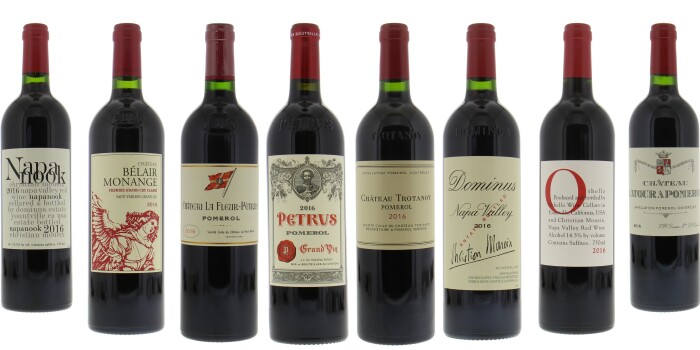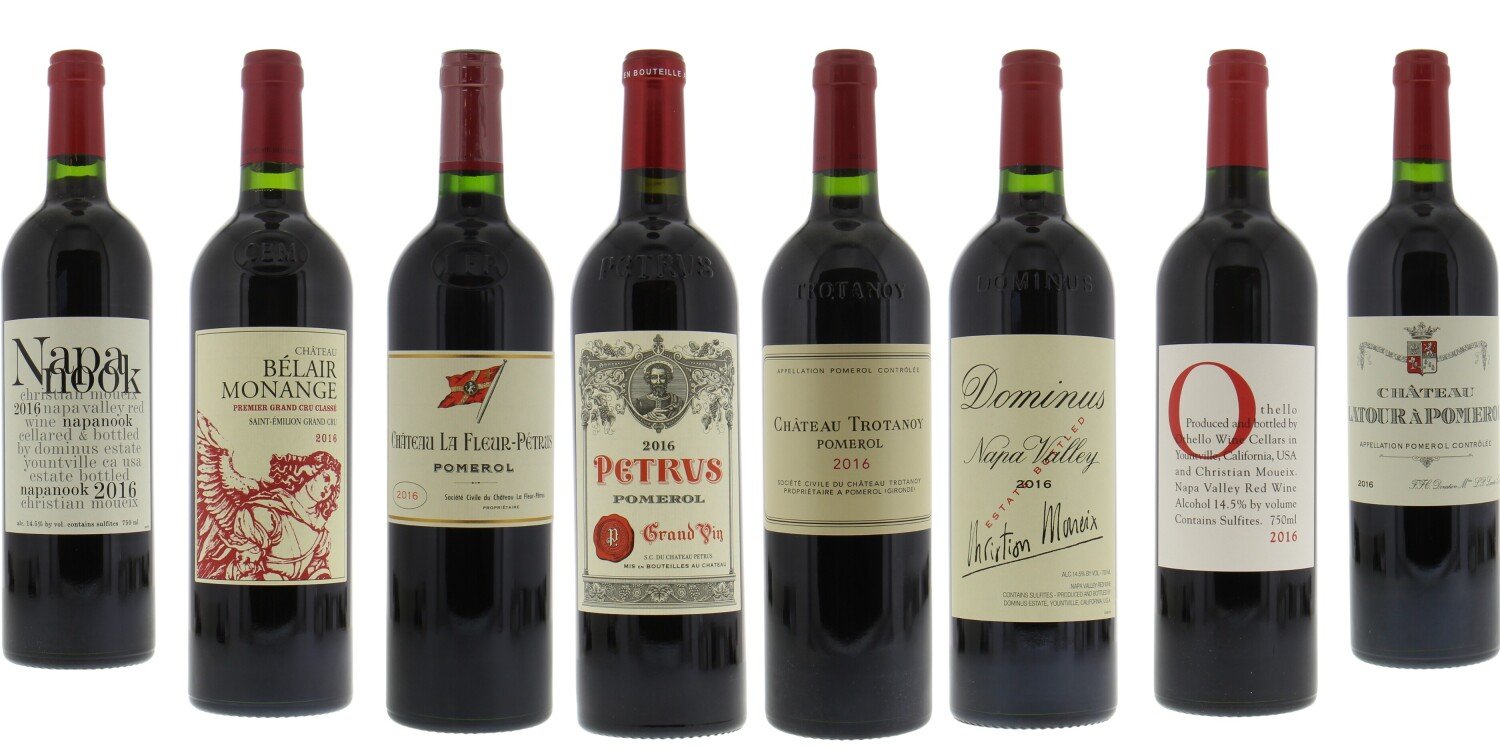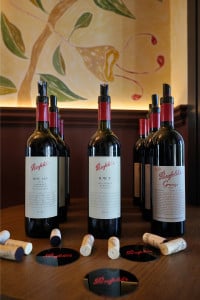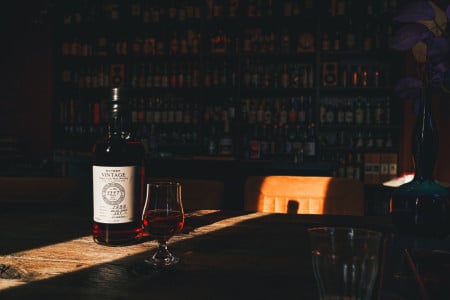In the world of wine, the name Moueix is something of a mighty clap of thunder and a brilliant flash of lightning in one. And no, that's not an exaggeration, it's simply reality. Jean-Pierre Moueix was a legendary Bordeaux wines merchant. His family empire, with its uncompromising quality standards and wineries like Chateau Petrus and nowadays Dominus, still shapes wineries around the world today. This is not only thanks to Jean-Pierre himself, but also to his son Christian Moueix. And now also to his son Edouard. But let's take a closer look at the Moueix family and their vinophile visions.


Wine
Explore more
Types of wine
Grapes
Countries
Champagne
Explore more
Whisky
Explore more
Types of Whisky
Whisky brands
Countries
Spirits
Explore more
Spirit brands
Rum
Explore more
Rum brands
Sale
Blog
About





